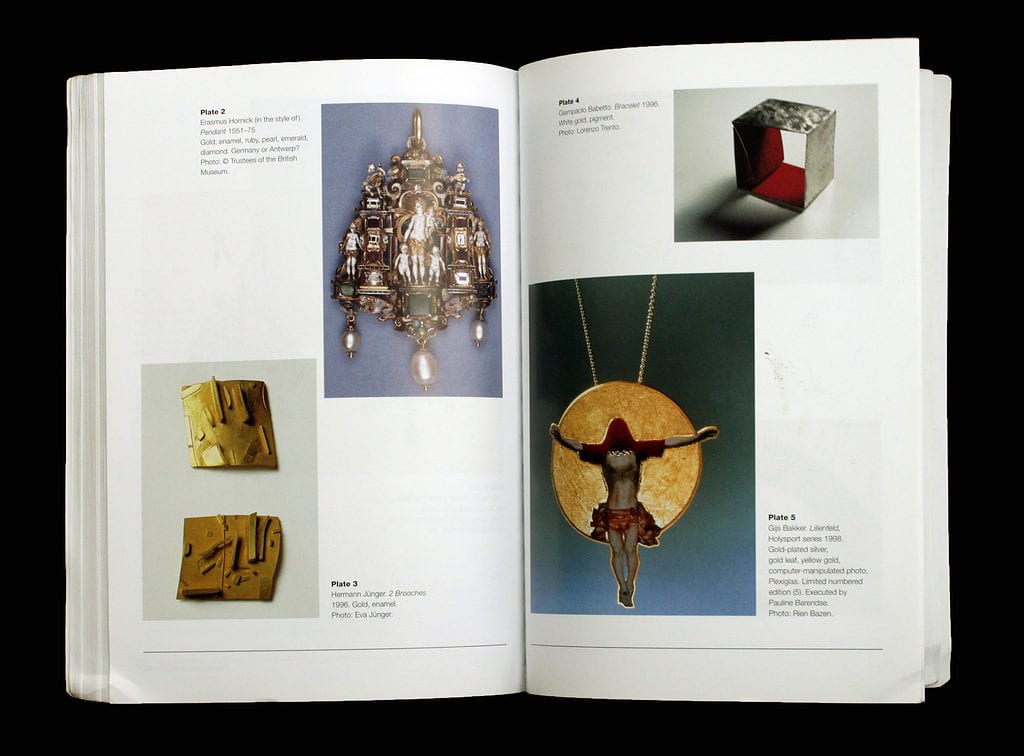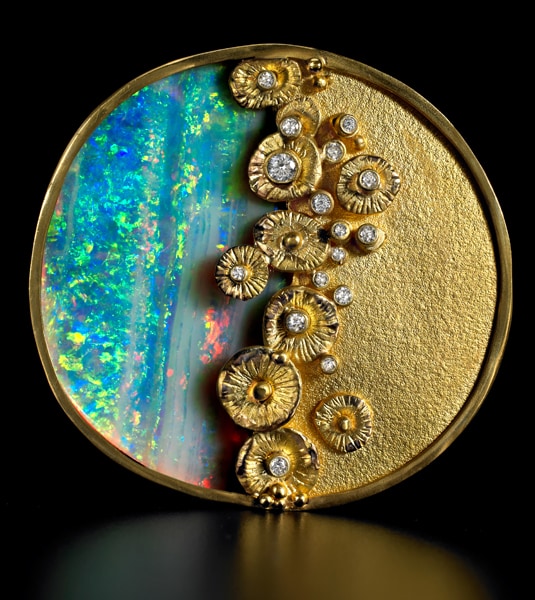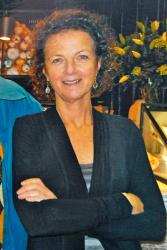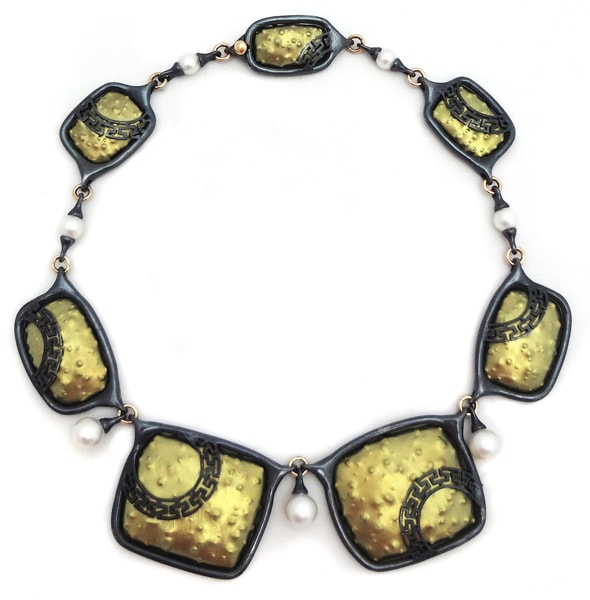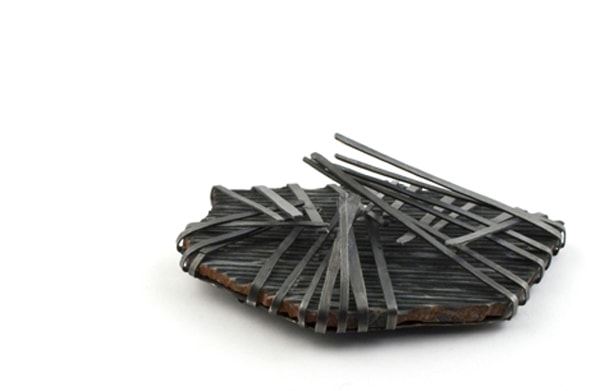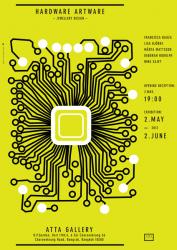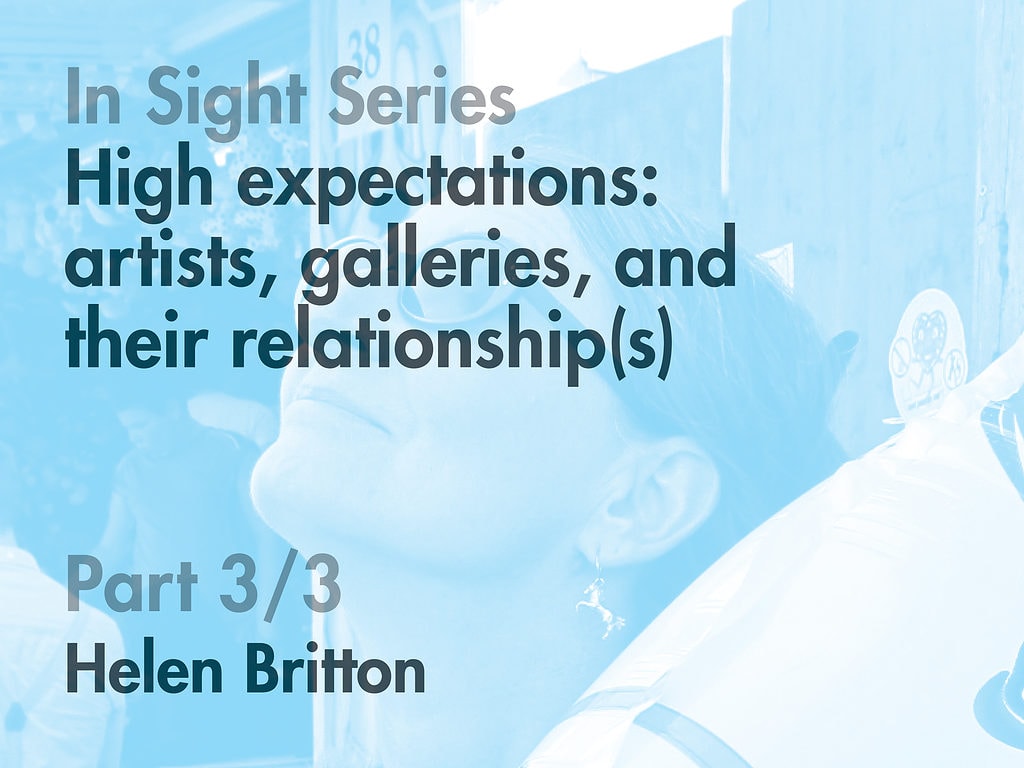This article by Susan Pietzsch on her Schmuck2 projects does not fit in any of AJF’s sections. The scope of her interests and the efficiency with which she switches between roles and implements her projects across continents mark her as a “Renaissance woman.” She is a curator (and this could be a curator’s profile), but also an artist and an editor. She organizes picnics, museum performances, and jewelry hunts. Some of her projects infiltrate the urban fabric, others happen in remote areas, and she does not seem to mind migrating from the crowded mall to the deserted parking lot. (Her projects mostly happen “in the public sphere,” but not necessarily “with a public” or “for one.”) She writes her own commentary because her cross-disciplinary approach makes it difficult for others to do so. However, she would prefer if it were not the case. Typically, the draft for this text was written in the third person. After some discussion, she reluctantly agreed to put it in the first.
“Take a left at the corner, then straight for 20 meters, and another left. The object of concern is to be found about 1 meter from the stone wall.” That is more or less how it will be this summer as Schmuck2 and the Japanese jewelry maker Naoko Ogawa take their guests on a hunt for adornment under the rubric “Jewellery Hunting—Die Jagd nach dem Schmuckbild.” The quarry, in this case, is likenesses of jewelry that exist only momentarily through the diffusion and fragmentation of light.
With this project, Schmuck2 builds a bridge between theory and public practice, following its last workshop in which a series of artists, designers, jewelry makers, and theorists congregated in a temporary laboratory to discuss and visualize possible extensions to the concept of jewelry in hyper-reality.
Under the theme “Jewellery Hyperreal—How jewellery could be transferred into hyperreality,” the workshop and exhibition took as a point of departure remarks made by the Spanish designer Martí Guixé in an interview for the publication HOCHsitzen (published by Schmuck2 in 2011). Among other things, Guixé suggested that the current function of jewelry is only to be found in images, not in reality, and that it can have a presence in this sense without actually being formulated in practical terms.
The results—in the form of video works, photographs, installations, graphical works, as well as jewelry—also reflect the variety of approaches through which Schmuck2 has sought ever new ways to understand, interpret, delineate, and fashion jewelry as a phenomenon for more than 15 years.
Against this backdrop and in accordance with Schmuck2’s characteristic principle, people from different creative branches are brought together for interdisciplinary projects. In the process, the intention comprises a diverse presentation of contemporary ideas of jewelry that are based on unconventional and experimental concepts between fine and applied arts.
Holding nearly all projects in common is the fact that they spring from my mind as an artist and Schmuck2 founder. And through this, as the French jewelry maker, author, and curator Benjamin Lignel describes, I “connect with institutions neither as a curator nor as publisher but more as a catalyst and cultural agitator in order to explore jewelry across disciplines.”
As an established institution itself, Schmuck2 often enjoys acting independently on the public stage. Since 2005, it has regularly published exhibition catalogues in an international format under its own direction to provide long-term information about its projects and ideas. The multifaceted program supports numerous projects within Germany and abroad, in countries such as England, Japan, the Netherlands, and Sweden, among others.
Although I first and foremost plan and organize the world around Schmuck2 independently, there have been some important supporters over the years.
Among these is the Cologne-based art historian Dr. Anne Schloen, who has repeatedly curated in the context of jewelry. Others include Martí Guixé, the German-French label BLESS, and the German artist Suska Mackert.
Three years ago, in order not to be homeless in between many locations, Guixé created a permanent home for the organization in the northern German region of Mecklenburg—the HOCHsitz Atelier. This hunting stand, set up on stilts in the middle of an idyllic landscape, serves as Schmuck2’s contribution to the contemporary discourse regarding the principle of exhibition hall/atelier/space for art and design as well as a starting point for some of its projects.
As designer, Guixé postulated the radical change in thinking and seeing in design. In his opinion, design must be strongly rooted in contemporary practice and not cling to old structures of function. With his critically provocative approach, he fulfilled the contextual requirement that I have placed on Schmuck2.
Set against the backdrop of social, sociocultural, and global changes, as founder I aim my activities to scrutinize creative strategies and artistic practices in the context of jewelry. For this I act from various points of departure. One of these is to contemplate the automobile in relationship to jewelry, and this appears as a common theme through many of Schmuck2’s projects and exhibitions. This comes as no surprise considering that, as a jewelry maker, I have already been very personally interested in this theme for many years in collaboration with my colleague, the German photographer Valentina Seidel.
A further focal point is exhibition practice. Schmuck2 intervened in public space with projects such as “reloaded—creative strategies on cars,” in which all of the exhibition objects were to be found on the street, at car dealerships, in hotels, and even in the current newspaper.
This is in stark contrast to “XS extra small,” a show that stood the classic exhibition design in a museum on its head. All of the exhibition objects were presented on the floor in the Guixian “Top Manta” system, turning an illegal sales system used in public spaces into a legal alternative means of presentation. (“Top Manta” is a Spanish term referring to the selling of illegal or counterfeit products, such as pirated CDs and DVDs, displayed on a blanket stretched out the pavement. The blanket is, in fact, a piece of cloth with two strings, which allows the seller to wrap up and run in a matter of seconds if they spot the police coming.)
Further examples of discourse include: a “Discursive Picnic” as a performance action parallel to the Handwerksmesse (trade fair) at the Munich Maximilian’s Forum; the installed reading room in the show A Possible Dimension in Osaka, Japan; and the installed hyperspace in the current exhibition at the Neues Kunsthaus Ahrenshoop.
These also serve as supporting evidence for the manifold and multifaceted ways in which Schmuck2 scrutinizes and illuminates the theme of jewelry. In doing so, the point for me—as a trained and educated goldsmith and jewelry designer—is not to visualize or interpret new jewelry objects or place them in new contexts. Rather, I would like much more to encourage an interpretation and reflection of a thematic point of departure for the contemporary concept of jewelry, which can vary anywhere from its realization as a wearable piece of jewelry to manipulated advertisements in the form of ordinary newspaper flyers.
I am convinced that the untethering from conventional structures is also an agent for designing a contemporary image of jewelry.
